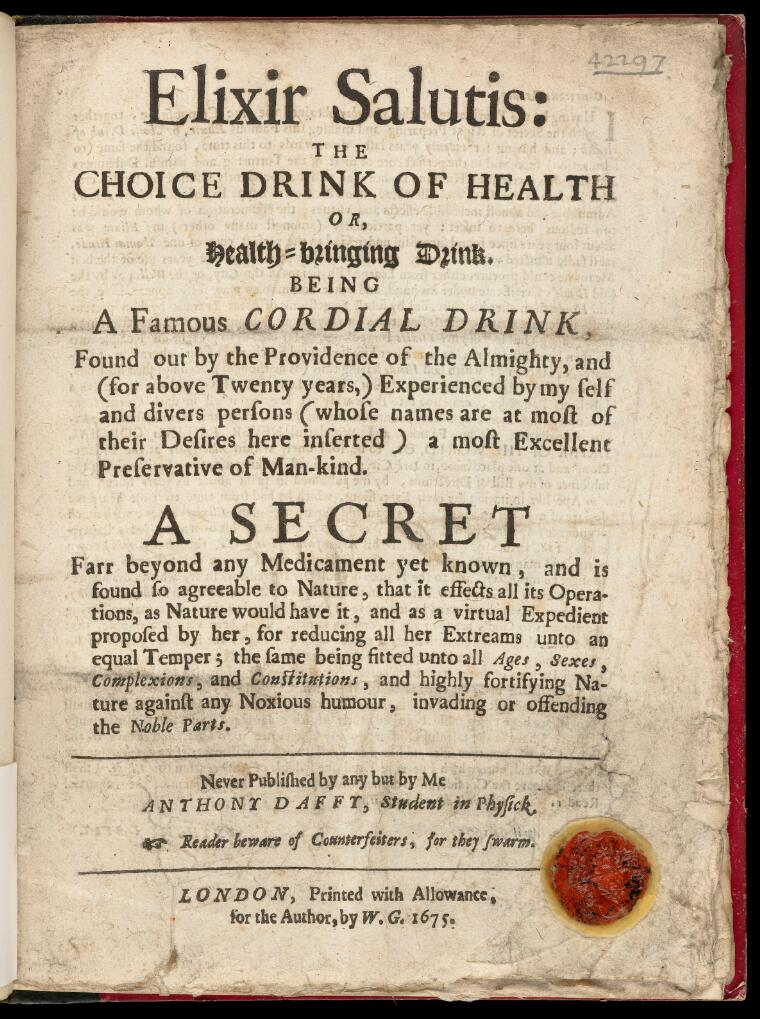Day 1: Elena Semino
The Victorian Anti-Vaccination Discourse Corpus (VicVaDis)
Elena Semino1 and the Quo VaDis project team: Tara Coltman-Patel1,William Dance1, Alice Deignan2, Zsófia Demjén3, Derek Gatherer1,Claire Hardaker1 and Chris Sanderson1
1Lancaster University, 2University of Leeds, 3University College London
This talk discusses the 3.6-million-word ‘Victorian Anti-Vaccination Discourse Corpus’ (VicVaDis). This historical corpus consists of 134 anti-vaccination pamphlets and other popular literature published in England between the 1853 Vaccination Act, which mandated smallpox vaccination for babies, and the 1907 Vaccination Act, which effectively ended the compulsory nature of vaccination. The corpus is intended to provide a resource for the historical investigation of vaccine hesitancy. The talk details the design and construction of the corpus and provides some examples of how it can be used to study Victorian anti-vaccination concerns and arguments

Day 2: Carla Suhur
Legitimizing a proprietary medicine: Daffy’s Elixir Salutis in pamphlets and newspaper advertisements
Carla Suhr, University of Helsinki
The medical marketplace of late-seventeenth century and eighteenth-century England was not regulated, which is why patients were able to make use of the services and cures of various kinds of regular and irregular medical practitioners. Self-medication was possible with proprietary medicines like Daffy’s Elixir Salutis and Dr. James’s Fever Powder, and historians have noted the increasing demand for proprietary medicines in the eighteenth century (Mackintosh 2017: 29). Though proprietary medicines have often been associated with “quacks” and fraudulent cures aimed at gullible consumers, the reality was much more complicated: regular practitioners such as Dr. James produced proprietary medicines alongside irregular practitioners like Anthony Daffy (see e.g. Porter 1989). The perceived threat of these medicines was not their ineffectiveness or unsafety – though this is what regular practitioners often claimed – but their popularity, which took away business from regular practitioners (Mackintosh 2017: 4).

This paper is a case study investigating the discourse surrounding the ownership and effectiveness of one extremely successful proprietary medicine, Elixir Salutis, first produced for sale by Anthony Daffy. He first advertised the medicine in a pamphlet in 1673 and consequently built an impressive national and international trade on it (Haycock & Wallis 2005: 12–29). The elixir was also produced by others who claimed to have the original recipe, and a recipe for it could even be found in a number of popular collections of household recipes such as Hannah Woolley’s Accomplisht Ladys Delight (1675 and several subsequent editions). The material for this study consists of seventeenth and eighteenth-century pamphlets and newspaper advertisements written by Daffy and his descendants, by producers of competing elixirs, and by retail sellers of the elixir. The texts are analyzed to see what kind of rhetorical strategies – for example, references to the author and to the audience (see Ratia & Suhr 2011, Palander-Collin 2015) – they employ to convince consumers of the legitimacy of their products both in terms of the recipe’s originality and the medicine’s effectiveness. The texts analyzed in this study are accessed from various electronic databases: Early English Books Online (EEBO), Eighteenth-Century Collections Online (ECCO), and two newspaper collections, the Burney Collection and the Nichols Collection.
References:
Daffy, Anthony. 1673. Elixir Salutis: THE CHOISE DRINK OF HEALTH OR, Health-bringing Drink… London: Printed with Allowance, for the Author, by W.G.
Haycock, David Boyd & Patrick Wallis. 2005. Quackery and commerce in seventeenth-century London: The proprietary medicine business of Anthony Daffy. Medical History, supplement no. 25. London: The Wellcome Trust Center for the History of Medicine at UCL.
Mackintosh, Alan. 2017. The Patent Medicines Industry in Georgian England: Constructing the Market by the Potency of Print. Cham: Springer Nature / Palgrave Macmillan.
Palander-Collin, Minna. 2015. Changing genre conventions and socio-cultural change: Person-mention in 19th-century English advertisements. In Birte Bös & Lucia Kornexl, Changing Genre Conventions in Historical English News Discourse. Amsterdam & Philadelphia: John Benjamins.
Porter, Roy. 1989. Health for Sale: Quackery in England 1660–1850. Manchester: Manchester University Press.
Ratia, Maura & Carla Suhr. 2011. Medical pamphlets: Controversy and advertising. In Irma Taavitsainen & Päivi Pahta (eds.). Medical Writing in Early Modern English, pp. 180–203. Cambridge: Cambridge University Press.
Woolley, Hannah. 1675. The accomplisht ladys delight in preserving, physick and cookery. London: For B. Harris.